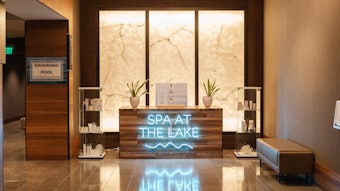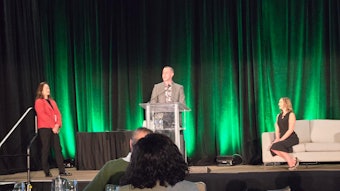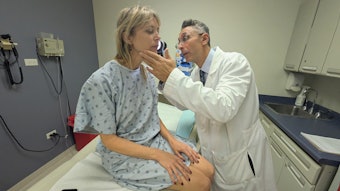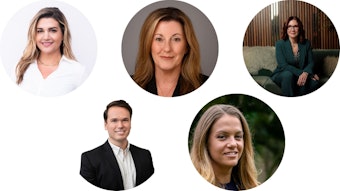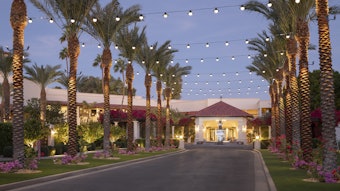May is Skin Cancer Awareness Month. According to the American Cancer Society, skin cancer accounts for nearly half of all cancers in the United States. Malignant melanoma—the deadliest strain—is the most rapidly increasing form. With the summer months approaching, use your clout as a skin care expert to remind your clients to always use sunscreen, wear sunglasses, cover up, wear a protective hat and seek shade. Urge them to carefully examine all moles and birthmarks, keeping in mind the ABCs of melanoma: Asymmetry, Border irregularity, Color variation, Diameter greater than a pencil eraser and Enlargement. Remember: Even though skin cancer is one of the most common cancers, it also can be one of the most preventable types.
Form Follows Function
Form follows function. This is a phrase that was coined by Louis Sullivan, who is widely considered to be America’s first truly modern architect—and it also is a basic rule for pretty much any mode of design. For Sullivan, this meant creating original forms and details instead of imitating historic styles. For the rest of us, it means that every space and object must perform a certain function, and its design needs to support that function.
Case in point is the newly opened Aveda Fredric’s Institute in Indianapolis. Talk about form following function—it is one of the first cosmetology schools in the country to serve as an anchor in a shopping mall. The 16,000-square-foot institute, which offers programs in cosmetology, esthiology and nail technology, attracts not only top students, but also local crowds due to its location and unique design features. “We like to lead by example, and our design inspiration is totally in keeping with our environmental standards,” says founder Frederic Holzberger. “We challenge ourselves to design and build spaces that not only are good for the environment and the inhabitants of the building, but that also can be successful and profitable.”
So how did Holzberger mastermind such genius? The institute features the following.
• Wraparound windows that provide ample sunlight and also have a tinted film covering that protects against ultraviolet A (UVA) exposure.
• Approximately one-third of the institute’s flooring is made from renewable cork.
• Retail cabinetry is made from renewable bamboo and biocomposite materials.
• The facility’s dividing walls are made from 3form ecoresin, an environmental polyester resin.
• The carts, cabinetry and countertops are made from stainless steel, wheat board and recycled plastic jugs.
• No oil-based paints were used.
• Energy-efficient lighting was used throughout the facility.
The students who attend this eco-friendly institute focus on theory, and also learn through demonstrations and extensive practical, hands-on experience. “This mall has 13 million consumers coming through it each year, with a variety of people—a cross section of men, women and children—for the students to work on,” continues Holzberger. “Our mission is to develop future leaders in the world of beauty and wellness. By positioning our school in the mall, we are giving our students every opportunity to grow their talents. With this new hybrid, we are setting new standards and continue to strive to be the best of the best.”
To that I say, stand back Louis Sullivan, and make way for the new breed of spa industry leaders who wants to continue to have form follow function, with opportunity and excellence taking center stage. Our industry, like any other, leads by example. Forward-thinking institutes, such as the Aveda Fredric’s Institute in Indianapolis, have set forth a stunning example for the industry to follow.
Until next month,
Melinda Taschetta-Millane



